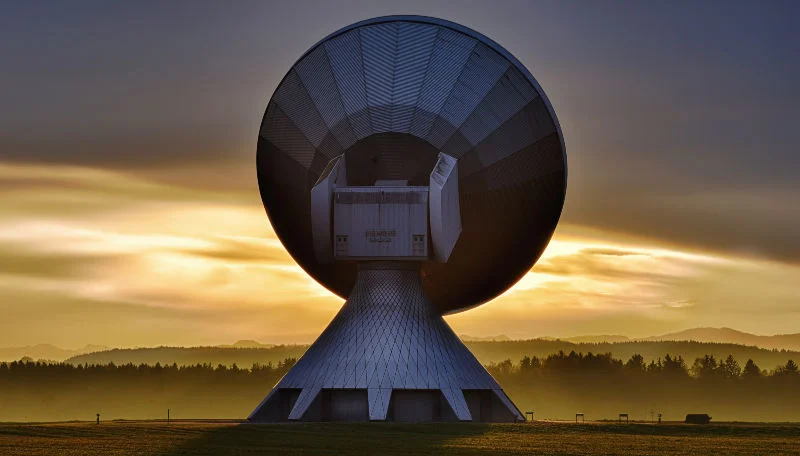
Kepler Communications Achieves Breakthrough in Space-to-Ground Optical Data Transfer, Paving Way for “Internet for Space”
Kepler Communications has achieved a significant milestone in space communications, successfully demonstrating optical data links between a prototype satellite in low Earth orbit (LEO) and a partner’s ground station. This breakthrough validates the potential for high-bandwidth, secure data transfer, critical for the future of space-based infrastructure and the burgeoning space economy.

The Canadian company announced on May 14th that the demonstration utilized an optical ground station operated by French technology firm Cailabs, achieving data transfer rates that meet standards set by the U.S. Space Development Agency (SDA). This success follows previous tests involving terabytes of data transferred across two LEO pathfinders using optical inter-satellite links last year, further solidifying Kepler's ambitious plans to construct a high-capacity relay network.
According to Mina Mitry, Kepler’s CEO, the demonstration successfully navigated tracking and data transfer through both near-horizon conditions, where atmospheric interference is strongest, and high elevations where tracking rates are most demanding. This achievement significantly de-risks crucial elements like pointing and atmospheric considerations, essential for their operational constellation and the utilization of optical feeder links.
Currently, satellites primarily rely on radio frequency (RF) links for data transfer. However, these systems are increasingly constrained by physical and regulatory limitations, struggling to meet the exponentially growing data demands of modern space infrastructure. Kepler highlights that the available RF spectrum simply cannot support data rates reaching tens of gigabits per second. While exploring extremely high frequencies could potentially offer more bandwidth, this approach faces technological hurdles and the limited availability of suitable commercial components.
Unlike RF systems, optical-to-ground systems offer virtually unlimited bandwidth and can focus beams far more precisely, increasing energy efficiency. Kepler's successful demonstration not only validates SDA-compatible space-to-ground laser links but also paves the way for future tests involving space-to-air and cross-plane optical links.
"Optical data relay is no longer a theoretical concept," Mina Mitry emphasized. "It is tested, proven, and operational in many acquisition scenarios. This is a critical milestone in creating resilient on-orbit optical infrastructure, proving our ability to leverage the power of light to improve the future of space communications."
Jeff Huggins, President of Cailabs US, added, "Testing our optical ground station—which mitigates atmospheric turbulence—with multiple terminals and satellites, is key to guaranteeing full operability across diverse scenarios. In that context, we’re proud to be part of this successful SDA-compatible space-to-ground link announcement."
Kepler Communications envisions The Kepler Network as the "Internet for Space," a critical infrastructure layer enabling high-speed communications throughout the solar system. This latest achievement solidifies their position as a pioneer in optical data relay technology and marks a pivotal step toward realizing that vision.
What are your thoughts on the future of space communication? Share your perspectives in the comments below!